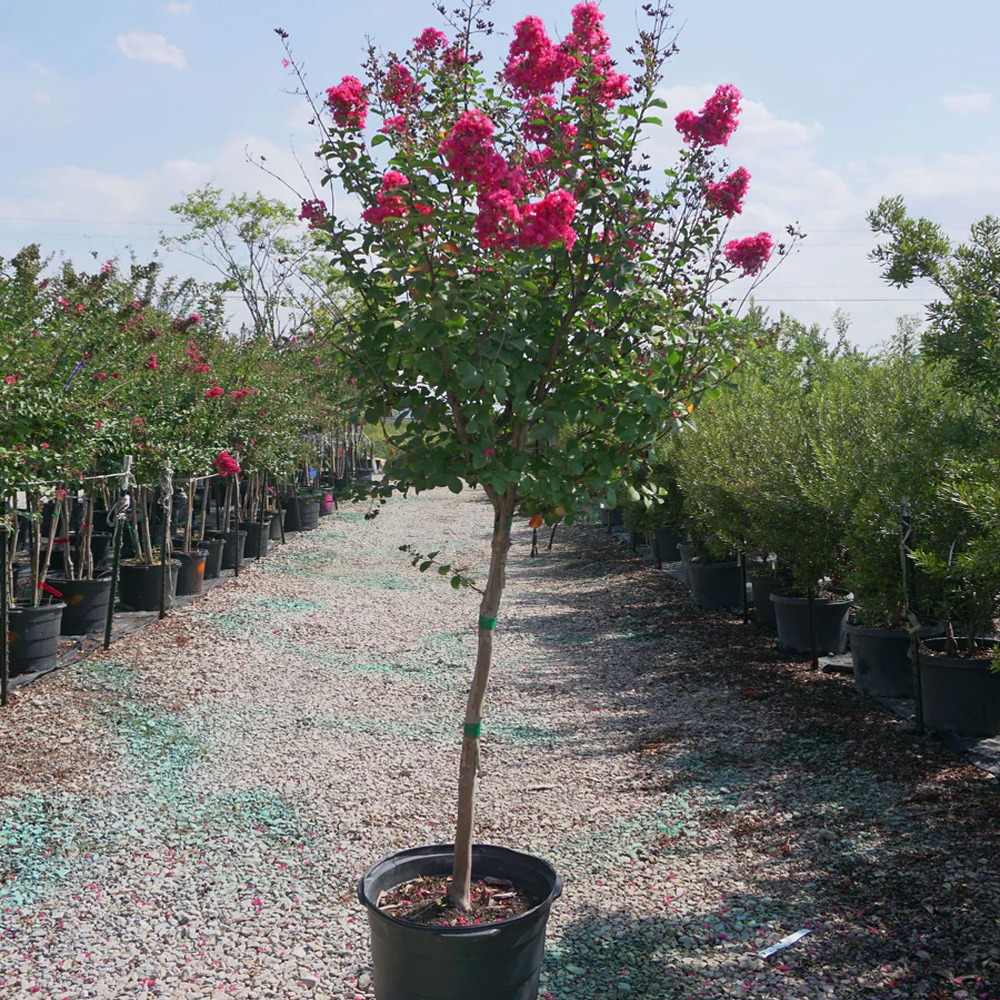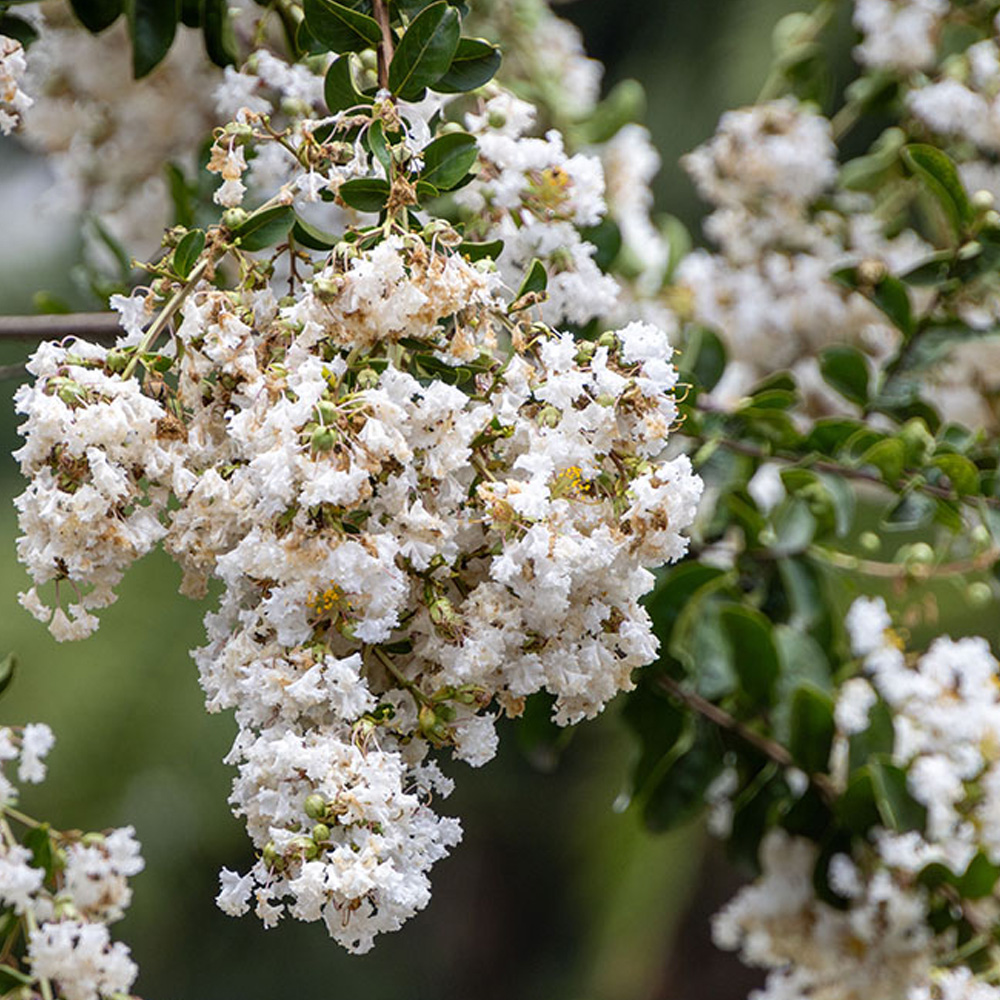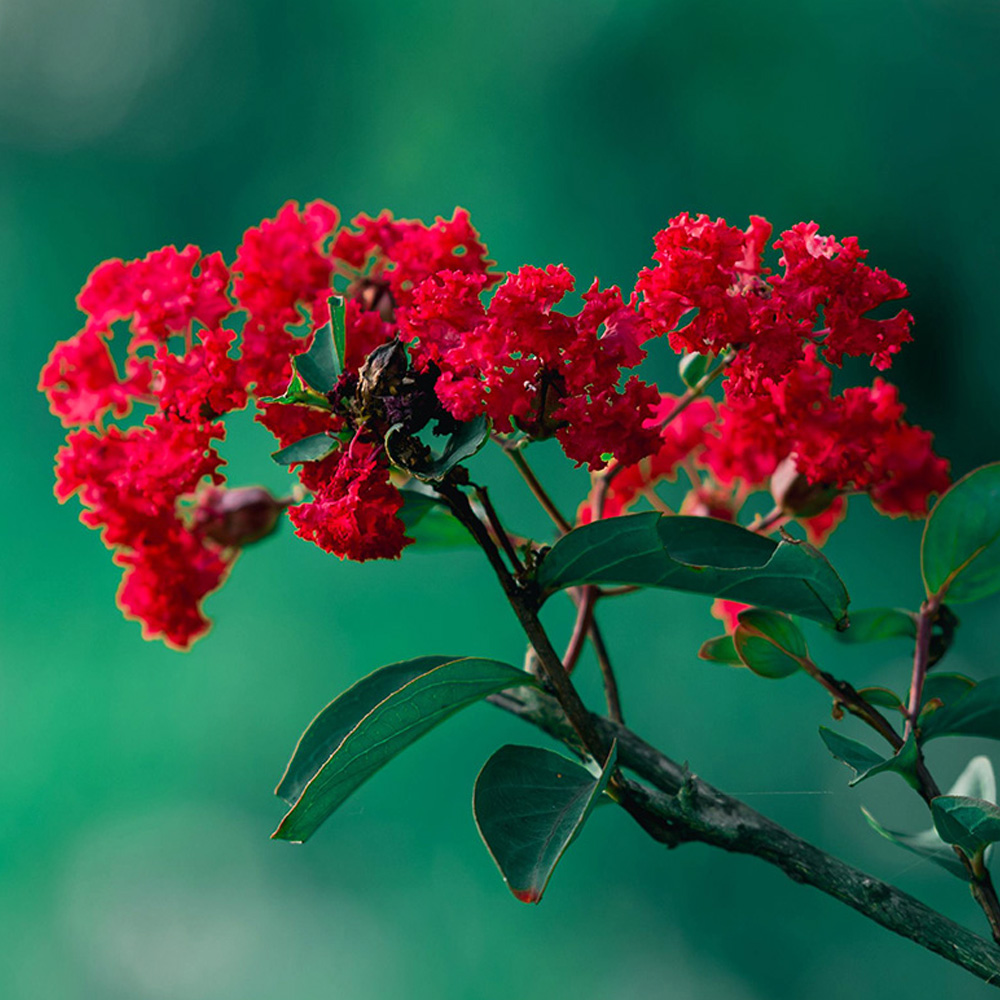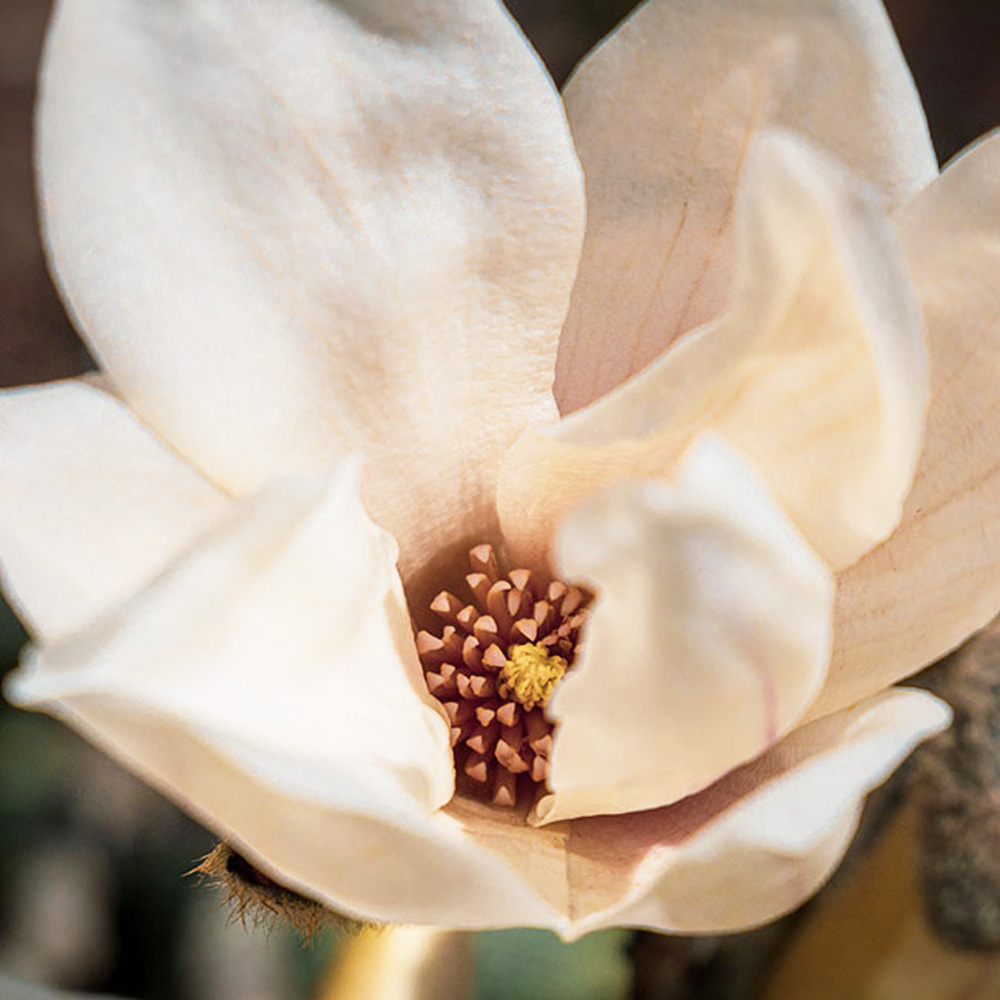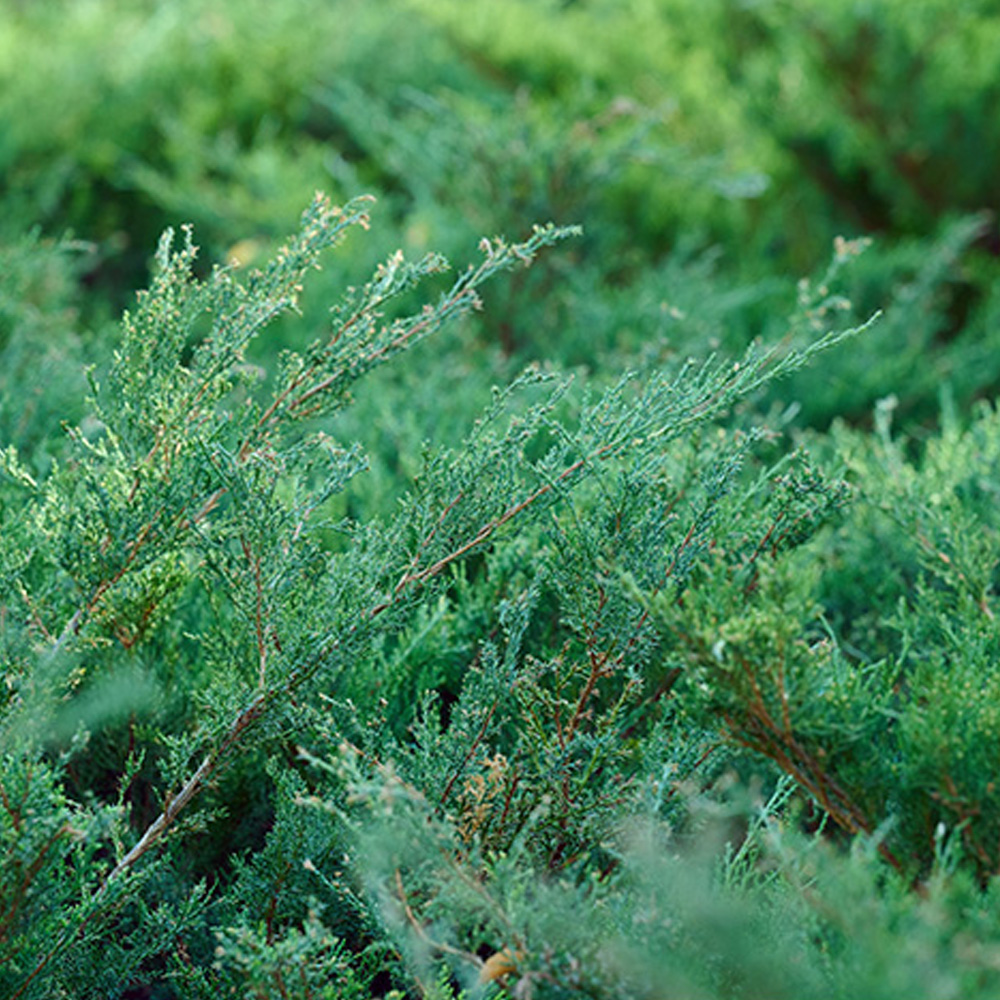Black Diamond Crape 7G
$60.00Description
History & Origin
Care Instructions
Other Details
Description: Black Diamond Crape Myrtle (Lagerstroemia indica 'Black Diamond') is a stunning cultivar known for its dramatic dark foliage that emerges deep burgundy and matures to almost black, creating a striking contrast with its vibrant flower colors. The Black Diamond series comes in several flower colors including red, pure white, pink, and deep red. This compact to medium-sized variety maintains a dense, upright growth habit with a vase-shaped form. The bark naturally exfoliates with age, revealing a smooth, mottled trunk that adds winter interest.
History & Origin: Developed by J. Berry Nursery in Texas as part of their Black Diamond® series, introduced in the early 2000s. This series was specifically bred to combine the dramatic black foliage with improved disease resistance and heat tolerance. It represents a significant breakthrough in crape myrtle breeding, as it was one of the first successful attempts to create a truly black-leafed variety that maintains its color throughout the growing season.
Care Instructions:
Sunlight: Full sun (6+ hours daily) for best foliage color and flowering.
Soil: Well-draining, slightly acidic to neutral soil.
Watering: Regular watering until established; drought tolerant once mature.
Fertilization: Light feeding in spring and mid-summer.
Pruning: Light pruning in late winter; avoid excessive pruning.
Pests/Diseases: Resistant to powdery mildew; watch for aphids.
Sunlight: Full sun (6+ hours daily) for best foliage color and flowering.
Soil: Well-draining, slightly acidic to neutral soil.
Watering: Regular watering until established; drought tolerant once mature.
Fertilization: Light feeding in spring and mid-summer.
Pruning: Light pruning in late winter; avoid excessive pruning.
Pests/Diseases: Resistant to powdery mildew; watch for aphids.
Other Details:
USDA Zones: 7-9.
Temperature: 0°F to 100°F.
Humidity: Adaptable to varying humidity levels.
Root System: Moderate, non-invasive root system.
Growth Rate: Moderate to fast.
Mature Size: 10-12 feet tall, 8-10 feet wide (varies by specific variety in series).
Uses: Specimen tree, focal point, containers, mass plantings.
Seasonal Interest: Dark foliage spring through fall, summer blooms, attractive bark in winter.
USDA Zones: 7-9.
Temperature: 0°F to 100°F.
Humidity: Adaptable to varying humidity levels.
Root System: Moderate, non-invasive root system.
Growth Rate: Moderate to fast.
Mature Size: 10-12 feet tall, 8-10 feet wide (varies by specific variety in series).
Uses: Specimen tree, focal point, containers, mass plantings.
Seasonal Interest: Dark foliage spring through fall, summer blooms, attractive bark in winter.

